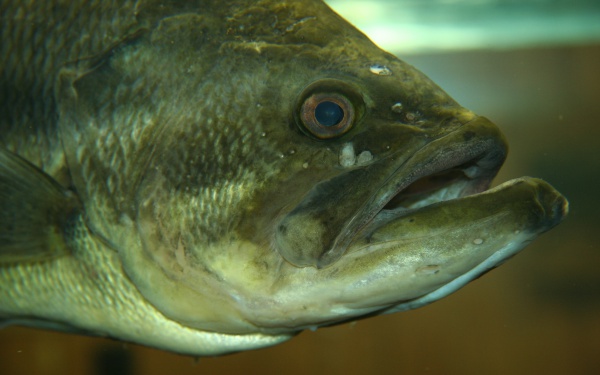Facts About Largemouth bass
The largemouth bass, a popular freshwater gamefish from the Centrarchidae family, is native to North America but has now been introduced to various other regions. Known by different names depending on the locale, it holds the designation of state fish in both Georgia and Mississippi.
Featuring an olive-green body with dark blotches, the largemouth bass is notable for its size, with females often growing larger than males. These fish can reach up to 29.5 inches in length and weigh as much as 25 pounds. Their diet is quite diverse, encompassing small fish, insects, frogs, and even small mammals. Their feeding habits can vary based on their environment.
In the spring, when water temperatures rise above 60°F, largemouth bass begin spawning. Males create nests and guard the eggs until they hatch. Anglers enjoy fishing for largemouth bass due to the challenges they pose. Popular lures include plastic worms and live bait. To help conserve their populations, catch and release practices are encouraged, and largemouth bass generally respond well to this approach.
However, largemouth bass can be problematic when introduced to non-native areas. They often become invasive, leading to declines in local fish populations. Studies have shown that these fish are highly adaptable, modifying their feeding habits to survive in new environments.

 United States
United States